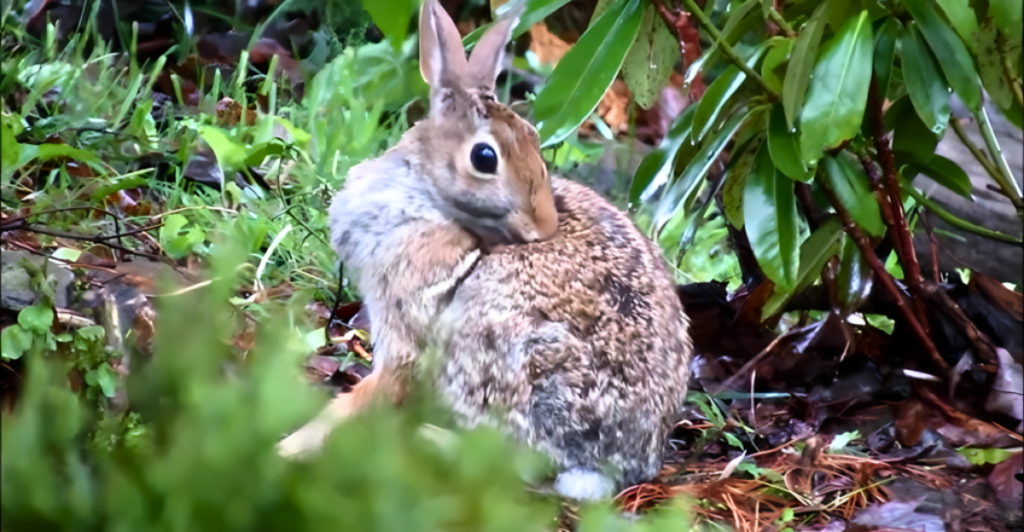
Scientists made the startling discovery of a rabbit in Mexico’s Sierra Madre del Sur mountains when they went looking for the species lost to science in 1904. Now, a century later, the Omiltemi cottontail rabbit has been caught on film, but this fluffy creature is more feisty than it looks.
The Rabbit Returns

Having been considered extinct for over a century, the rabbit was rediscovered due to an expedition to the Sierra Madre del Sur Mountain Range in Mexico, bringing this species back into the light. The expedition’s success marks a great achievement in conversation efforts and has sparked new interest in studying the species.
The Search for a Lost Species

The search began in 2019 when a team led by José Alberto Almazán-Catalán decided to look for the species in areas where naturalist Edward William Nelson first documented it in 1904. The team used various methods, including interviews with locals, drone surveys, and camera traps, to locate this elusive species.
The Expedition

The five-year expedition, led by Almazán-Catalán, an ecologist and president of Instituto para el Manejo y Conservación de la Biodiversidad (INMACOB), was part of Re:Wild’s Search for Lost Species program. The rabbit was the 13th species to be rediscovered as part of a global effort to find and protect species that have not been documented for more than 10 years.
The Breakthrough

At first, the forests near Chilpancingo yielded no results, so from 2020 to 2022, the team moved to high-elevation conifer forests that showed signs of rabbit inhabitants. The team interviewed local hunters who were familiar with the species as part of their research. The local hunters and camera traps ultimately confirmed sightings in seven of the 10 search locations.
Expedition Challenges

The search for the rabbit was not without its difficulties. The team encountered some security concerns, which hindered access to certain areas. In Omiltemi, they were only allowed to search areas set aside for agricultural purposes and livestock, and they were denied access to most preserved sites. As a result, the first half of the expedition lasted a year and a half, leading the team to believe it might be extinct.
Identifying the Rabbit
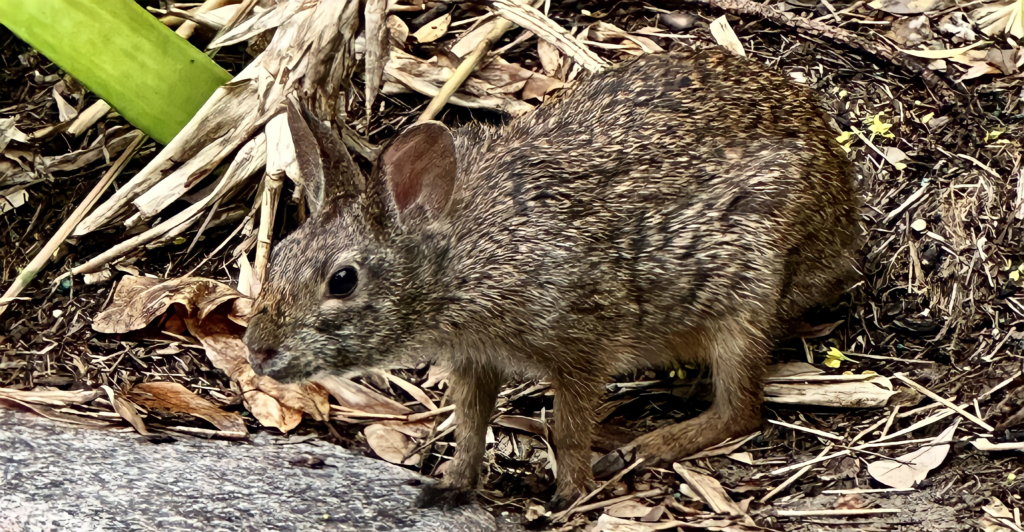
The Omiltemi cottontail rabbit may appear to look like any other rabbit, however it has distinct features that differentiate it from other cottontails. This species lacks a white tail and has a smaller black tail instead. They are also smaller, have shorter ears, and differ in coloring from other cottontails in the area.
The Rabbit vs the Locals
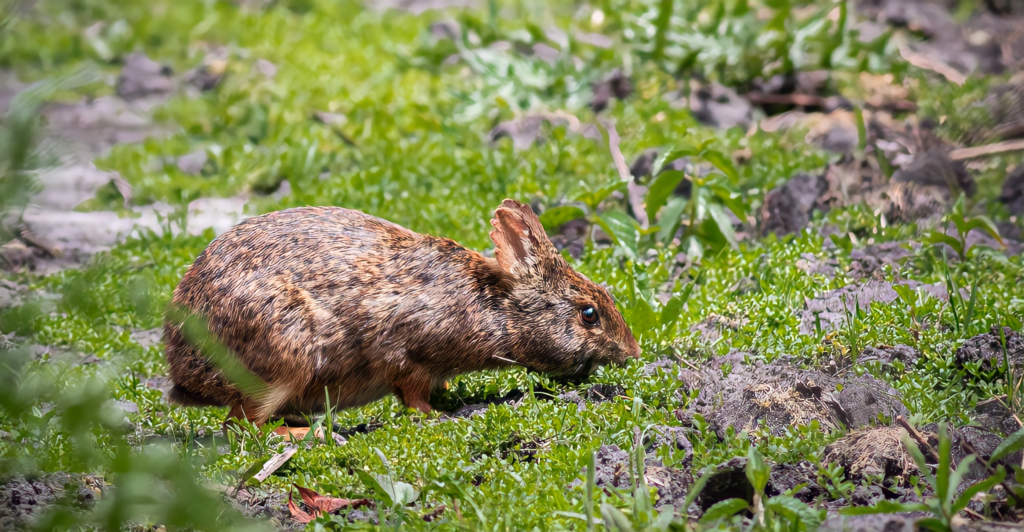
When the team visited local communities to interview them about the rabbit, locals shared that they hunted the animal for food. In addition, local hunters in the Filo Mayor region donated some rabbits they had previously caught to the expedition team. In 1998, hunters donated a hide from an Omiltemi cottontail rabbit to scientists. This is one of the four specimens known to scientists before the expedition.
A Glimmer of Hope
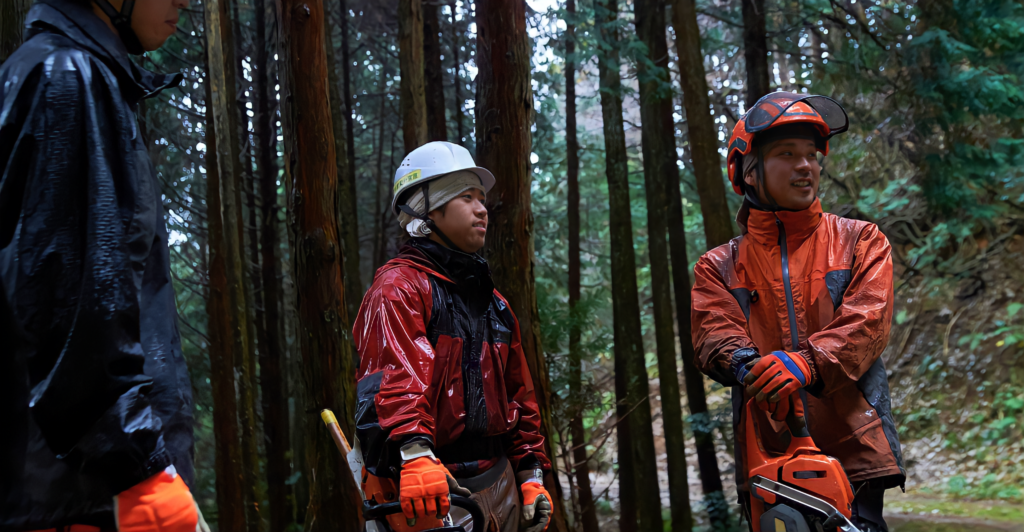
The rediscovery of the Omiltemi cottontail rabbit offers a glimmer of hope for its conservation because it allows scientists to study the species, understand its ecological significance, and develop strategies for its preservation. Currently, plans are underway to study the rabbits’ reproductive behavior, population size, and ecological role within their habitat.
Conversation Measures

Interviews with locals shed more light on the species and found that locals are more than happy to help protect the species if evidence suggests that it is threatened due to poaching and hunting activities. Thus far, however, no special conversation measures are in place to protect this species. Additionally, scientists suggest that collaboration efforts between locals, authorities, and environmental organizations will be helpful to the cause.
Fluffy and Feisty
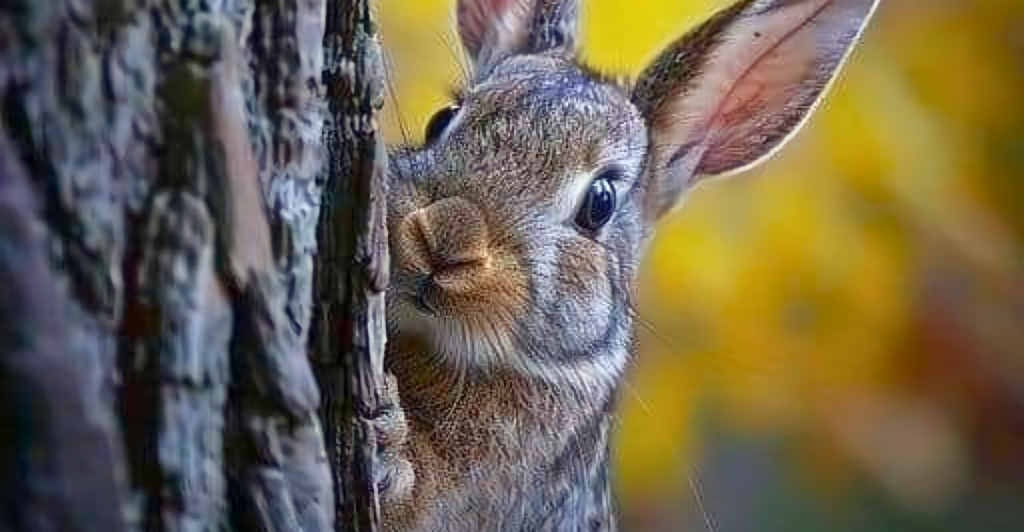
“Despite being a small species, it is strong, agile, and territorial,” said Almazán-Catalán. He said the team saw specimens climbing walls at an 80% inclination, some 16.4 feet high, and fiercely protected their territories from other rabbits of its own kind and Mexican cottontails.
Future Research

The team expressed that only 80% of the expedition’s objectives were met. Almazán-Catalán stated, “We still need to learn more about the natural history of this species.” Furthermore, the team would like to better understand local knowledge of the species, as this will inform conservation measures.
Not as Extinct as We Thought
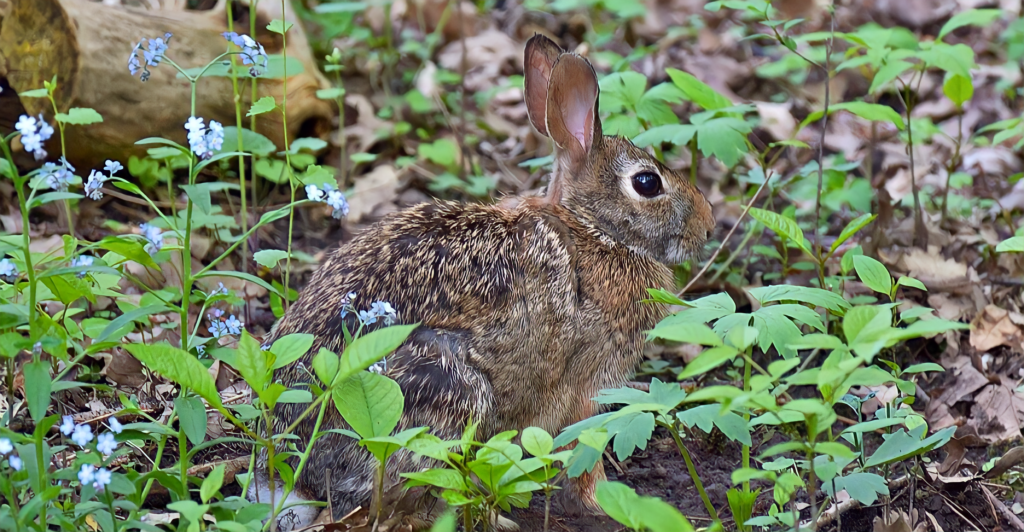
The INMACOB expedition was a remarkable success that helped rediscover a species we previously thought extinct. This discovery will help bridge a significant knowledge gap, ensuring that the Omiltemi cottontail rabbit is never lost to science again. Continued monitoring, research, and conservation efforts are essential to protecting this unique species for future generations.
Discover more of our trending stories and follow us to keep them appearing in your feed

Bison Return Home To Native American Lands After Being Pushed To The Brink Of Extinction
Colossal American Impact Crater Found—Three Times Bigger Than the Grand Canyon
California Is Breaking Apart: A Fault Line Is Forming Faster Than Anyone Predicted
Philanthropist Promises To Cover $771.23M Annually After US Exit From Climate Accords
References:
Reference 1
Reference 2
Reference 3
This article first appeared here
Stay connected with us for more stories like this! Follow us to get the latest updates or hit the Follow button at the top of this article, and let us know what you think by leaving your feedback below. We’d love to hear from you!







